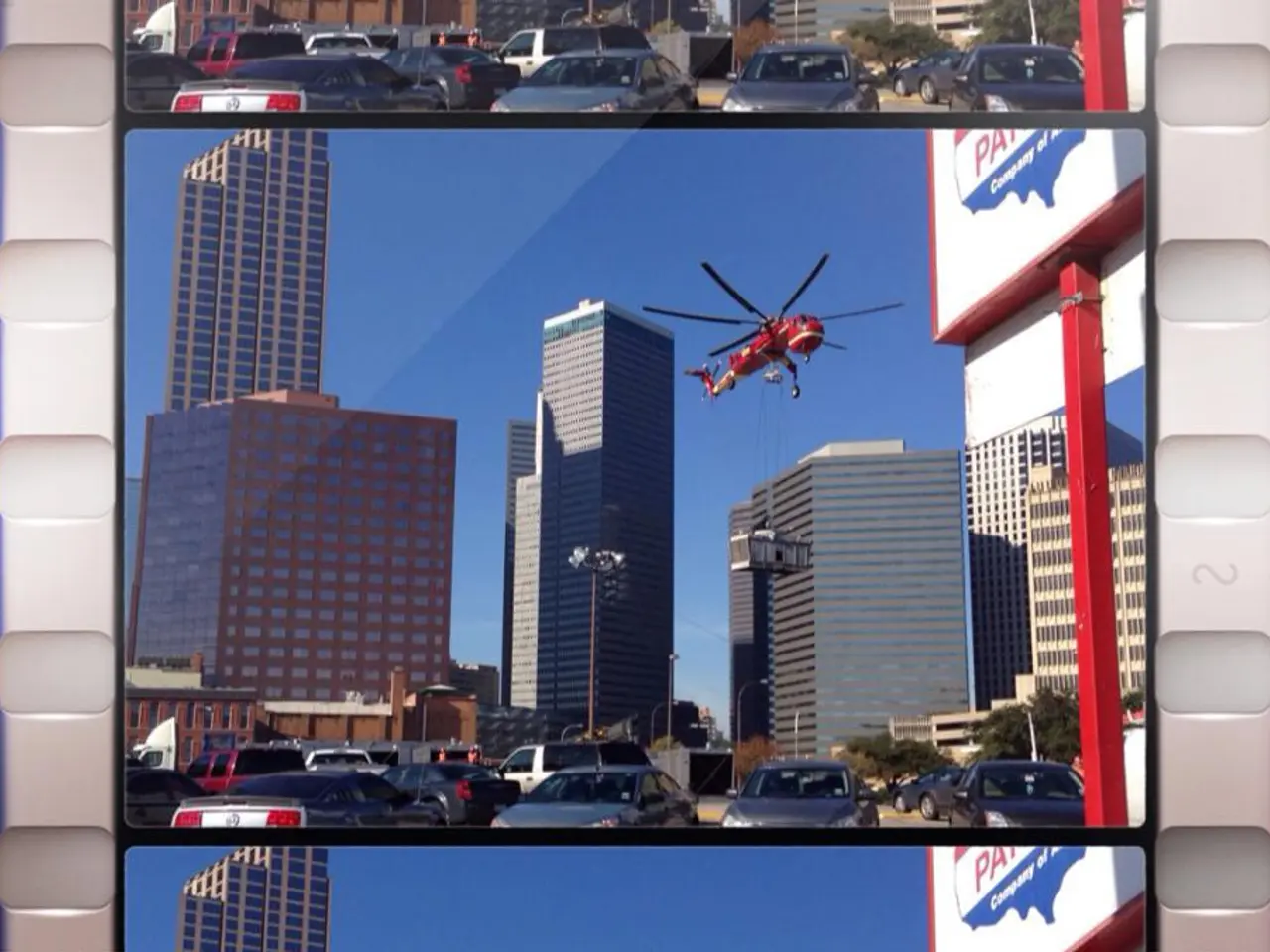Updated Regulations for Drones as Defined by EASA (2019/947)
European Union Introduces Comprehensive Drone Regulations
The European Union has established a comprehensive regulatory framework for drone operations within its borders. The regulations, primarily governed by EASA Regulations 2019/947 and 2019/945, categorise drone operations into three risk-based categories: Open, Specific, and Certified.
Key Definitions and Categories
- Open Category: Low-risk operations, no prior authorization needed, drone weight under 25 kg, operation within visual line of sight (VLOS), up to 120m altitude. No formal risk assessment required.
- Specific Category: Medium-risk operations, require authorization from the National Aviation Authority (NAA) based on operational risk assessments, covering risks to people, property, and other airspace users.
- Certified Category: High-risk operations, require drone certification and licensed remote pilots, and apply to drones that can carry passengers or operate in complex environments.
Stakeholders and Their Roles
- European Union Aviation Safety Agency (EASA): Develops and updates drone regulations, standards, and risk assessment methodologies. Oversees harmonization across member states to ensure safety and streamlined cross-border drone operations.
- National Aviation Authorities (NAAs): Responsible for authorizing drone operations in their country, particularly for the Specific and Certified categories. Validate risk assessments, approve operational procedures, and enforce compliance.
- Drone Operators: Must understand and comply with category-specific rules, perform required risk assessments, obtain authorizations, and ensure pilot training and operational safety objectives are met.
- Manufacturers: Must design drones to meet relevant safety and technical standards. Certification processes ensure design compliance.
- Joint Authorities for Rulemaking of Unmanned Systems (JARUS): Developed the SORA risk assessment framework endorsed by EASA.
- Public and Other Airspace Users: Protected by safety standards regulating drone flights to minimize hazards such as crashes or accidents caused by drones affecting moving vehicles or people on the ground.
Additional Regulatory Elements
- SORA Methodology: A structured risk assessment tool for assessing risks in specific UAS operations within the Specific category.
- U-space Regulations (Regulation EU 2021/664): Framework facilitating safe integration of drones into controlled airspace via digital services, enhancing situational awareness and traffic management for drones, authorities, and manned aviation.
- Innovative Air Mobility (IAM): EASA is defining frameworks for evolving tech like manned VTOL aircraft, with guidelines for manufacturers, operators, and authorities to ensure integration and public acceptance.
The EU drone regulatory framework assigns clear roles to EASA, NAAs, operators, and manufacturers, all within the Open, Specific, and Certified categories that align regulations to operational risk levels to ensure safety and compliance throughout drone operations in Europe.
Additional elements include the SORA Methodology, U-space Regulations, and Innovative Air Mobility frameworks, ensuring a comprehensive and adaptable regulatory structure for drone operations in Europe.
- The European Union Aviation Safety Agency (EASA) is responsible for developing and updating drone regulations, standards, and risk assessment methodologies.
- Drone operators must comply with category-specific rules, perform required risk assessments, obtain authorizations, and ensure pilot training and operational safety objectives are met.
- The SORA risk assessment framework, developed by the Joint Authorities for Rulemaking of Unmanned Systems (JARUS) and endorsed by EASA, is used for authorizing medium-risk drone operations in the Specific category.
- The U-space Regulations (Regulation EU 2021/664) are a framework that facilitates the safe integration of drones into controlled airspace via digital services, enhancing situational awareness and traffic management.
- The European Union has established the Innovative Air Mobility (IAM) framework to define guidelines for manufacturers, operators, and authorities to ensure integration and public acceptance of evolving technology like manned VTOL aircraft.
- The EU drone regulatory framework ensures a comprehensive and adaptable regulatory structure for drone operations in Europe, with clear roles for EASA, National Aviation Authorities (NAAs), operators, and manufacturers, across the Open, Specific, and Certified categories.




